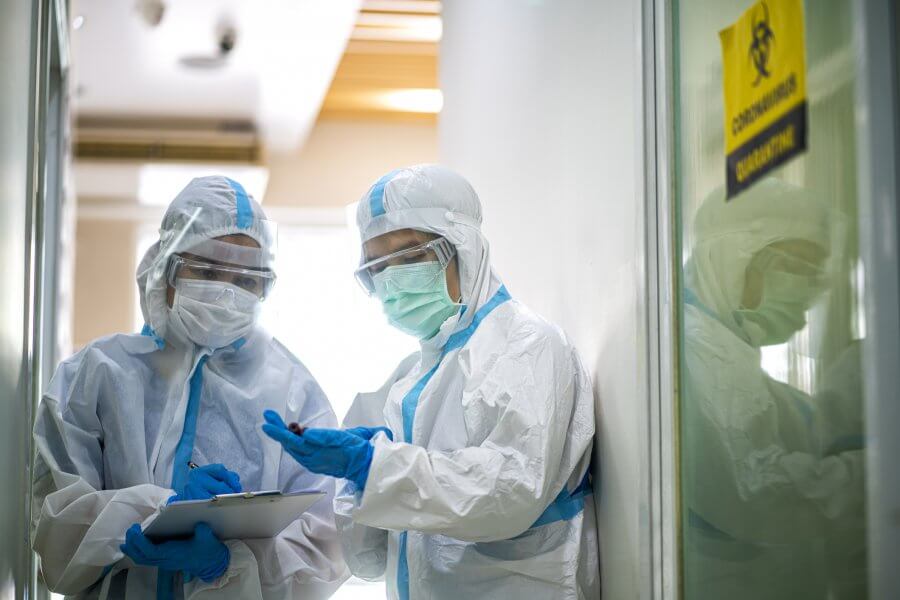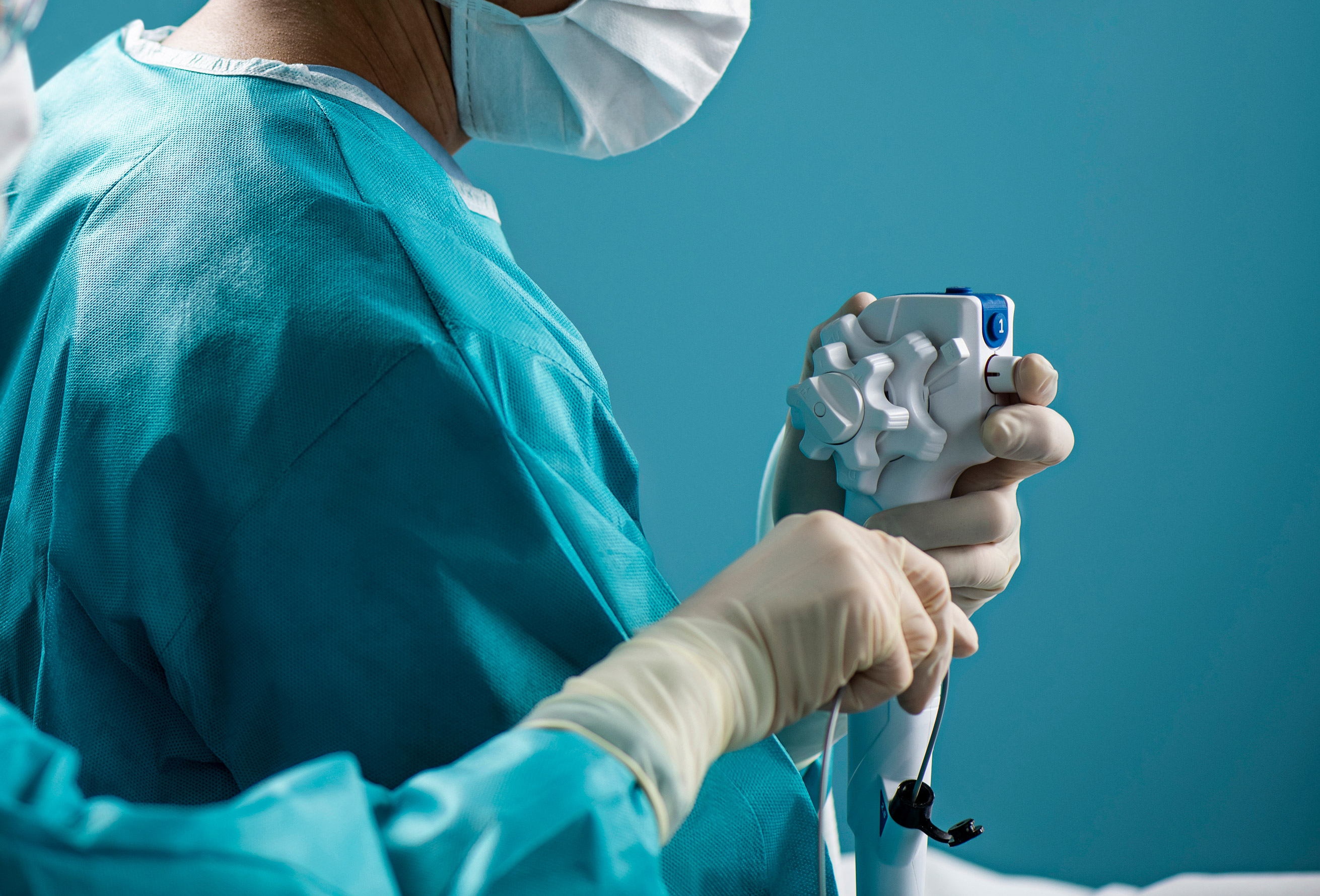
Medical procedures can’t all stop because of COVID-19 or be put on hold until a vaccine is ready, but new measures are essential to keep both patients and staff safe.
Single-use endoscopes play a key role in that effort, Dr. Hudson Garrett Jr. says.
Garrett, who is president and CEO of Community Health Associates LLC in Atlanta and co-founder of the nonprofit Infection Prevention Institute, outlined best practices in a webinar entitled “Protecting Patients and Healthcare Providers During Challenging Times: Evidence-Based Recommendations to Reduce Risks with Bronchoscopy.”
“Patients still need these procedures,’’ he said in the webinar, which was sponsored by Ambu. “We can’t stop procedures just because we have a pandemic.”
Healthcare workers, however, must be vigilant about wearing proper personal protective equipment and respirators, donning and doffing PPE correctly, and only going in the procedure room if they are involved in patient care. Doing a rapid COVID-19 test on a patient right before a procedure is ideal whenever that’s possible, he said.
Aerosolizing procedures should be done in airborne isolation rooms equipped with negative air pressure. And single-use endoscopes should be a priority.
“If the patient needs a bronchoscopy for a diagnostic purpose, let’s do the bronchoscopy,” he said. “Let’s screen the patient, and if they’re COVID-19 positive, let’s take those additional steps that are necessary. But we don’t want to withhold treatment from those patients.”
Garrett has long been an advocate for patient safety and, specifically, disposable endoscopes.
“I’ve seen some pretty challenging situations where despite good reprocessing efforts, the endoscopes are not properly cleaned, and they come out with contamination,” he said. “Anytime I can get a sterile, disposable device, that is a huge win for the patient, because it’s going to eliminate that risk of contamination between patient A and patient B.”
He cited a variety of studies that have found contamination on scopes that had been identified as patient-ready. Educating patients about patient safety should be an important part of what healthcare workers do, he added.
“Despite the best reprocessing efforts, there are a lot of gaps, and so we really need to be judicious about how devices are reprocessed, or better yet, just eliminate reprocessing from the equation altogether,” Garrett said.
Click here for a replay of the webinar featuring Dr. Hudson Garrett Jr. – the webinar is approved for 1.0 hours of ANCC continuing education credit for registered nurses – and other webinars in the series.


